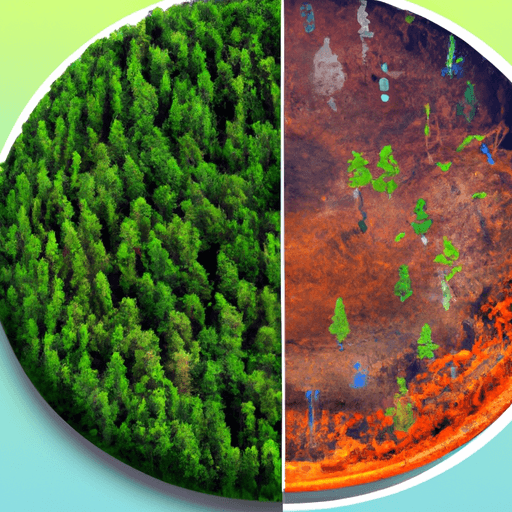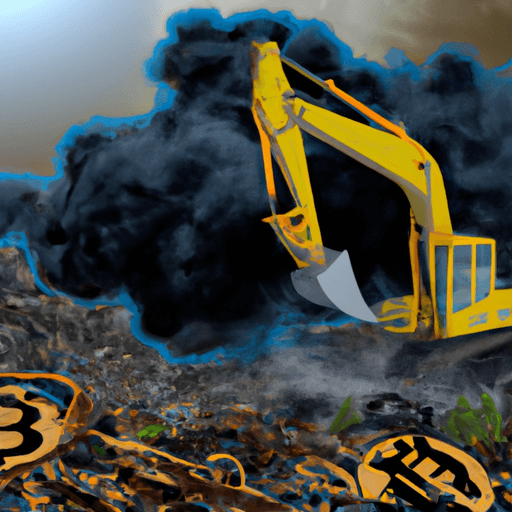The Transformative Role of Street Art in Shaping Urban Identity
Street art is often dismissed as mere vandalism, but a more mindful approach reveals it as a powerful tool for social commentary and urban redefinition. This art form consists of everything from graffiti and wall murals to guerrilla art installations. Its versatility and public availability make it an excellent catalyst for reshaping urban identities and reflecting sociopolitical shifts within the cityscape.
Street Art: A Mirror to Social, Political, and Cultural Changes
Street art has been a communicator of change and a platform for those whose voices are often silenced. It provides an accessible medium through which artists can engage with their communities, challenge authority, and express their perspectives on social, political, and cultural changes. The transient nature of street art also makes it a living, evolving narrative of a city’s past, present, and potential future.
Impact of Street Art Across Global Cities
Across the globe, cities are witnessing a proliferation of street art, each with a unique style influenced by local culture, politics, and social norms. In cities like Berlin, street art is a testament to historical events, symbolizing freedom and rebellion against oppressive regimes. In contrast, cities like Valparaiso in Chile have adopted street art as an essential part of their cultural identity, using it for community engagement and tourism.
The Evolution of Street Art Over Time
Street art has come a long way from the hastily sketched graffiti designed to mark territory. While still primarily a tool for social commentary, it has evolved to engage the viewer more holistically. Some artists have expanded their canvases to complete building facades, while others employ augmented reality to create dynamic murals that interact with viewers. This shift reimagines the urban landscape from a sea of gray monoliths to a vibrant, ever-evolving gallery.
The Role of Street Art in Building Vibrant, Inclusive, Urban Environments
Street art not only adds vibrancy and aesthetic appeal to the urban landscape but also contributes to building a more inclusive and community-based environment. It elicits public engagement, invokes dialogue, and brings people together. The collaborative nature of some mural projects also promotes community participation and ownership of public spaces.
Street art's inclusive nature resonates strongly in a diverse society, giving a platform for marginalized and underrepresented communities to voice their struggles, share their culture, and contribute to their city's identity.
In conclusion, street art plays a pivotal role in shaping and redefining urban identity. It reflects ongoing socio-political changes within cities globally and can contribute to building a more vibrant and inclusive urban environment, creating a sense of community and belonging. Rather than disregarding it as mere vandalism, we should value street art as an authentic expression of city life in its most visceral form.

















Comments
Leave a Comment